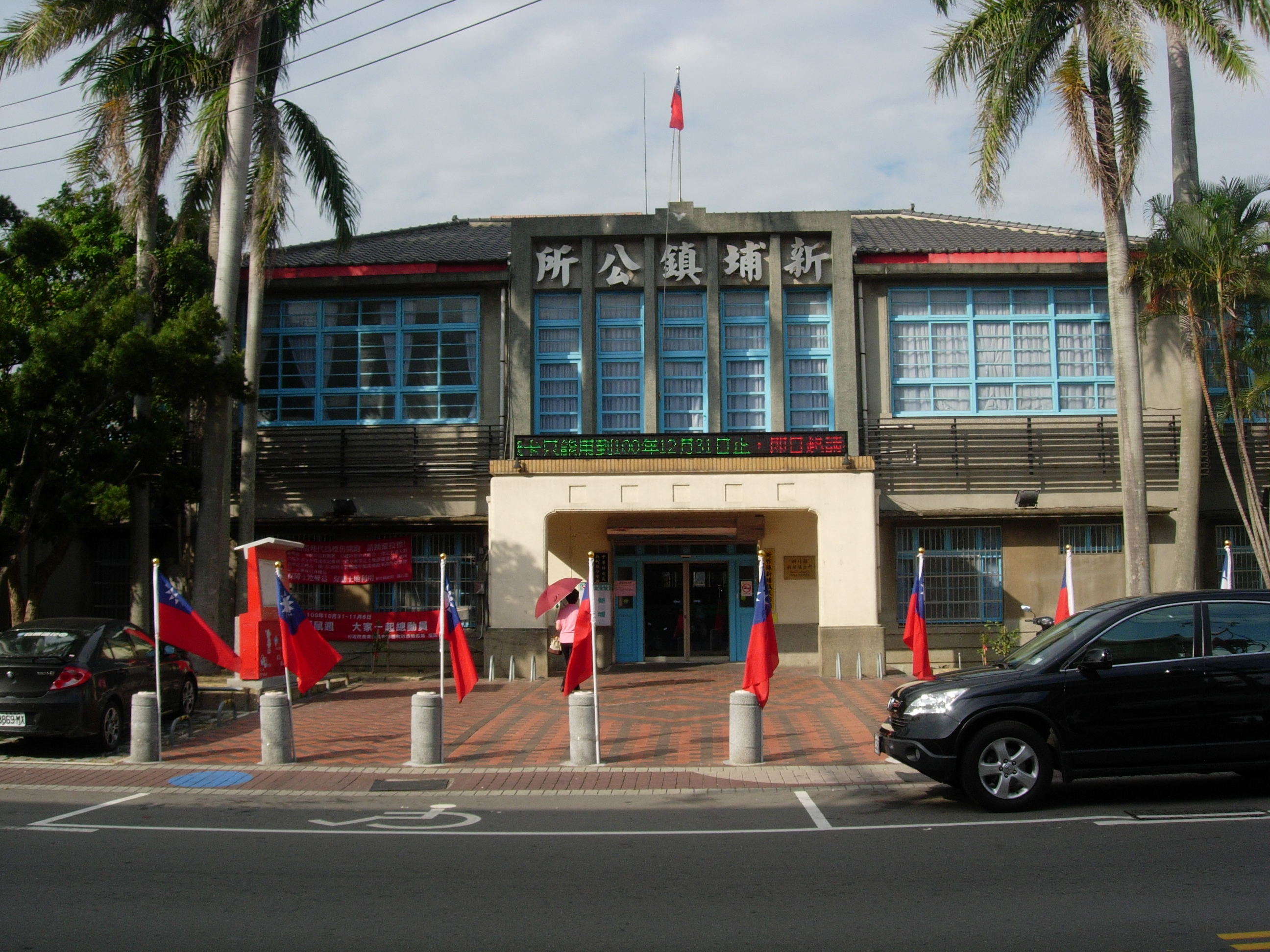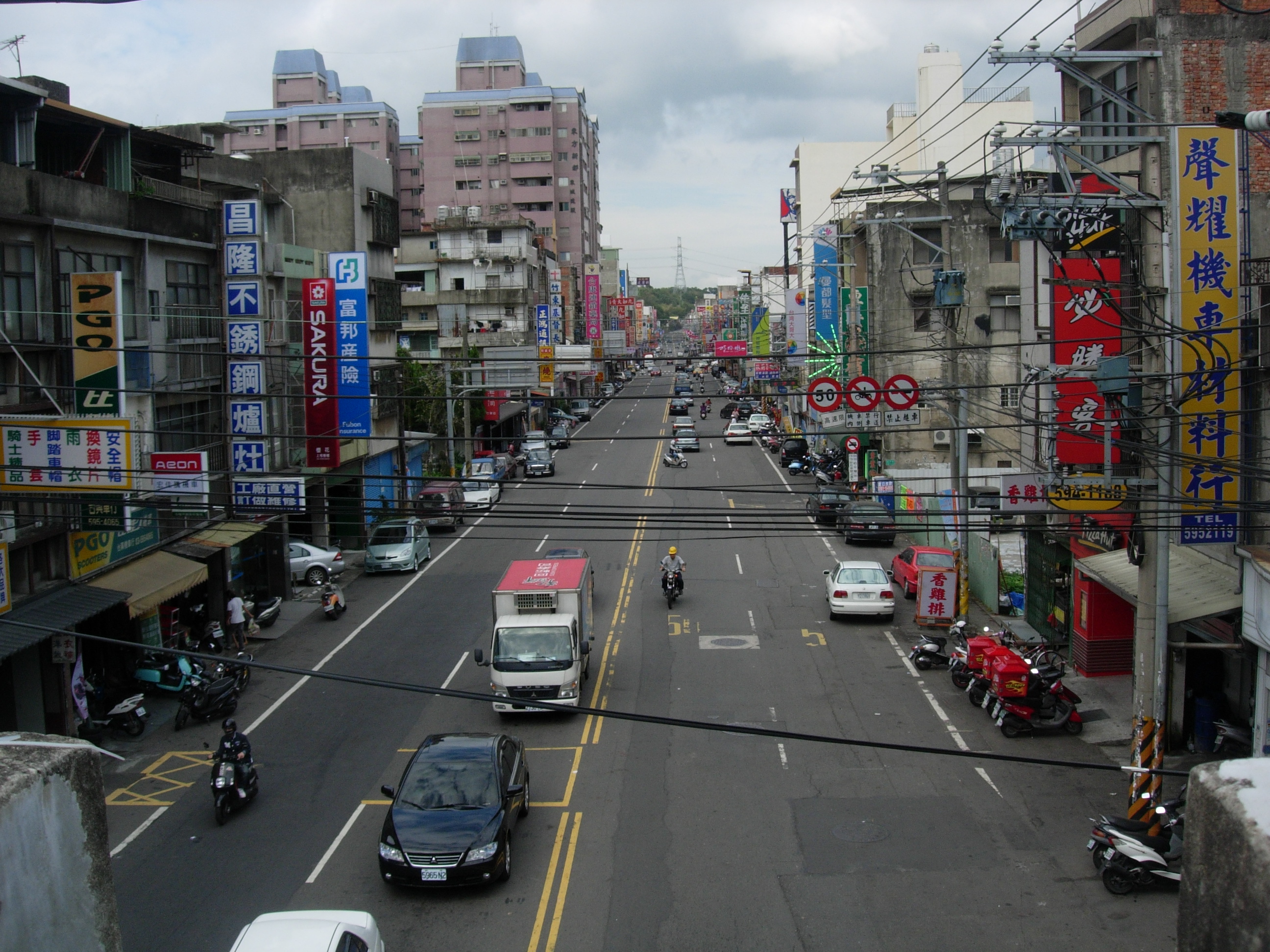|
Xinpu, Hsinchu
Xinpu Township (; also known as Hsinpu) is an urban township in Hsinchu County, Taiwan. History Xinpu was formerly known as ''Baliguo'' (), a commercial center during the Jiaqing Emperor rule of Qing Dynasty. Geography Area: Population: 33,713 (January 2017) Administrative divisions The township comprises 19 villages: Baoshi, Beiping, Hankeng, Jupu, Luming, Nanping, Neili, Qingshui, Shangliao, Sizuo, Tianxin, Wenshan, Wupu, Xialiao, Xinbei, Xinmin, Xinpu, Xinsheng and Zhaomen. Tourist attractions * Zhaomen Leisure Agricultural Zone * Zhaomen Zone * Taiwan Cycling Route No.1 Passes through Xinpu township. * Recently rebuilt (Early 2019) Hsinchu County Xinpu Township Office and Visitor Center Transportation Bus station in the township is Xinpu Bus Station of Hsinchu Bus. Taiwan High Speed Rail passes through the western part of the township, but there is no planned station. Education Elementary *Xinzhuxianxinbuzhenguomin High School Hsinchu County Xinpu Township Nation ... [...More Info...] [...Related Items...] OR: [Wikipedia] [Google] [Baidu] |
Township (Taiwan)
Townships are the third-level administrative subdivisions of counties of the Republic of China (Taiwan), along with county-administered cities. After World War II, the townships were established from the following conversions on the Japanese administrative divisions: Although local laws do not enforce strict standards for classifying them, generally urban townships have a larger population and more business and industry than rural townships, but not to the extent of county-administered cities. Under townships, there is still the village as the fourth or basic level of administration. As of 2022, there are totally 184 townships, including 38 urban townships, 122 rural townships and 24 mountain indigenous townships. 174 townships with 35 urban and 118 rural townships are located in Taiwan Province and 10 townships with 3 urban and 4 rural townships are located in Fujian Province. Penghu and Lienchiang are the only two counties that do not have urban townships. Statistics of ... [...More Info...] [...Related Items...] OR: [Wikipedia] [Google] [Baidu] |
Hsinchu County
Hsinchu County (Wade–Giles: ''Hsin¹-chu²'') is a county in north-western Taiwan. The population of the county is mainly Hakka; with a Taiwanese aboriginal minority in the southeastern part of the county. Zhubei is the county capital, where the government office and county office is located. A portion of the Hsinchu Science Park is located in Hsinchu County. History Early history Before the arrival of the Han Chinese, the Hsinchu area was home to the indigenous Taokas, Saisiyat, and Atayal. After the Spanish occupied northern Taiwan, Catholic missionaries arrived at Tek-kham in 1626. Minnanese (Hoklo) and Hakka came and began to cultivate the land from the plains near the sea towards the river valleys and hills. Qing dynasty In 1684, Zhuluo County was established during Qing dynasty rule and more Han settled near Tek-kham. A Chinese city was established there in 1711 and renamed Hsinchu in 1875. It became part of Taipeh Prefecture. In the late 19th century, Hoklo peop ... [...More Info...] [...Related Items...] OR: [Wikipedia] [Google] [Baidu] |
Taiwan
Taiwan, officially the Republic of China (ROC), is a country in East Asia, at the junction of the East and South China Seas in the northwestern Pacific Ocean, with the People's Republic of China (PRC) to the northwest, Japan to the northeast, and the Philippines to the south. The territories controlled by the ROC consist of 168 islands, with a combined area of . The main island of Taiwan, also known as ''Formosa'', has an area of , with mountain ranges dominating the eastern two-thirds and plains in the western third, where its highly urbanised population is concentrated. The capital, Taipei, forms along with New Taipei City and Keelung the largest metropolitan area of Taiwan. Other major cities include Taoyuan, Taichung, Tainan, and Kaohsiung. With around 23.9 million inhabitants, Taiwan is among the most densely populated countries in the world. Taiwan has been settled for at least 25,000 years. Ancestors of Taiwanese indigenous peoples settled the isla ... [...More Info...] [...Related Items...] OR: [Wikipedia] [Google] [Baidu] |
Visitor Center Xinpu
A visitor, in English and Welsh law and history, is an overseer of an autonomous ecclesiastical or eleemosynary institution, often a charitable institution set up for the perpetual distribution of the founder's alms and bounty, who can intervene in the internal affairs of that institution. Those with such visitors are mainly cathedrals, chapels, schools, colleges, universities, and hospitals. Many visitors hold their role ''ex officio'', by serving as the British sovereign, the Archbishop of Canterbury, the Lord Chancellor, the Lord President of the Council, the Lord Chief Justice, or the bishop of a particular diocese. Others can be appointed in various ways, depending on the constitution of the organization in question. Bishops are usually the visitors to their own cathedrals. The King usually delegates his visitatorial functions to the Lord Chancellor. During the reform of the universities of Oxford and Cambridge in the 19th century, Parliament ordered visitations to the u ... [...More Info...] [...Related Items...] OR: [Wikipedia] [Google] [Baidu] |
Jiaqing Emperor
The Jiaqing Emperor (13 November 1760 – 2 September 1820), also known by his temple name Emperor Renzong of Qing, born Yongyan, was the sixth emperor of the Manchu-led Qing dynasty, and the fifth Qing emperor to rule over China proper, from 1796 to 1820. He was the 15th son of the Qianlong Emperor. During his reign, he prosecuted Heshen, the corrupt Manchu favorite of his father, and attempted to restore order within the Qing Empire while curbing the smuggling of opium into China. Early years Yongyan was born in the Old Summer Palace, 8 km (5 mi) northwest of the walls of Beijing. His personal name, "Yongyan" (永琰), was later changed to "Yongyan" (顒琰) when he became the emperor. The Chinese character for ''yong'' in his name was changed from the more common 永 to the less common 顒. This novelty was introduced by the Qianlong Emperor, who believed that it was not proper to have a commonly used Chinese character in an emperor's personal name due to the l ... [...More Info...] [...Related Items...] OR: [Wikipedia] [Google] [Baidu] |
Taiwan Under Qing Rule
Taiwan under Qing rule refers to the rule of the Qing dynasty over the island of Taiwan from 1683 to 1895. The Qing dynasty sent an army led by general Shi Lang and defeated the Ming loyalist Kingdom of Tungning in 1683. Taiwan was formally annexed in April 1684. Taiwan was governed as Taiwan Prefecture of Fujian Province until the establishment of the Fujian–Taiwan Province in 1887. The Qing dynasty extended its control of Taiwan across the western coast of Taiwan, the western plains, and northeastern Taiwan over the 18th and 19th centuries. The Qing government did not pursue an active colonization policy and restricted Han migration to Taiwan for the majority of its rule out of fear of rebellion and conflict with the Taiwanese indigenous peoples. Han migrants were barred from settling on indigenous land and markers were used to delineate the boundaries of settled areas and mountain dwelling aborigines. Despite Qing restrictions, settlers continued to enter Taiwan and push t ... [...More Info...] [...Related Items...] OR: [Wikipedia] [Google] [Baidu] |
Taiwan Cycling Route No
Taiwan, officially the Republic of China (ROC), is a country in East Asia, at the junction of the East and South China Seas in the northwestern Pacific Ocean, with the People's Republic of China (PRC) to the northwest, Japan to the northeast, and the Philippines to the south. The territories controlled by the ROC consist of 168 islands, with a combined area of . The main island of Taiwan, also known as ''Formosa'', has an area of , with mountain ranges dominating the eastern two-thirds and plains in the western third, where its highly urbanised population is concentrated. The capital, Taipei, forms along with New Taipei City and Keelung the largest metropolitan area of Taiwan. Other major cities include Taoyuan, Taichung, Tainan, and Kaohsiung. With around 23.9 million inhabitants, Taiwan is among the most densely populated countries in the world. Taiwan has been settled for at least 25,000 years. Ancestors of Taiwanese indigenous peoples settled the island around 6,000 ... [...More Info...] [...Related Items...] OR: [Wikipedia] [Google] [Baidu] |
Taiwan High Speed Rail
Taiwan High Speed Rail (THSR) is the high-speed railway of Taiwan consisting of one line that runs approximately along the west coast, from the capital Taipei to the southern city of Kaohsiung. With construction and operations managed by a private company, Taiwan High Speed Rail Corporation (THSRC; ), which also operates the line, the total cost of the project was billion in 1998. At the time it was built, this was one of the world's largest privately funded rail construction schemes. The system is based primarily on Japan's Shinkansen. The railway opened for service on 5 January 2007, with trains running at a top speed of , currently running from Nangang to Zuoying in as little as 1 hour and 45 minutes, reaching almost 90% of Taiwan's population. Most intermediate stations on the line lie outside the cities served; however, a variety of transfer options, such as free shuttle buses, conventional rail, and metros have been constructed to facilitate transport connections. Rid ... [...More Info...] [...Related Items...] OR: [Wikipedia] [Google] [Baidu] |




